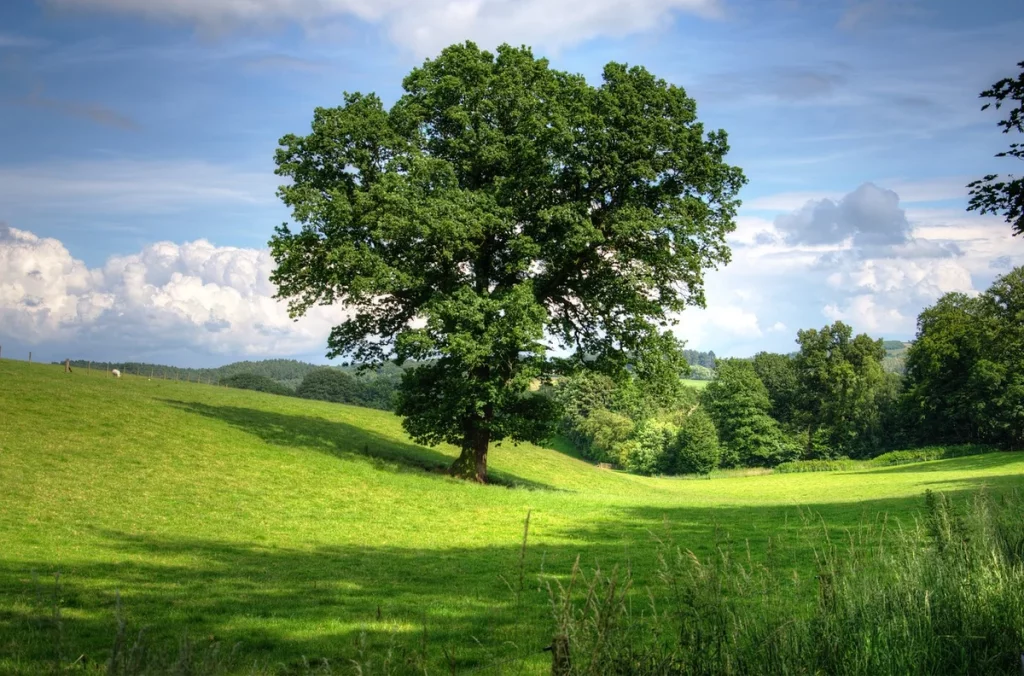Our Earth is a big, beautiful blue planet with many different types of places. These places are wonderful and support life.
Things like grass, trees, and flowers are very important. They cover some parts of our Earth. But how much exactly? Let’s find out because Earth is really big.
There are places with lots of grass in Africa, huge forests in the Amazon, and colorful fields in Europe. Every place is special.
We’ll discover how much of Earth is covered with grass, trees, and flowers. They do more than look pretty. They help the environment and us, too.
Let’s find out how green and flowery our Earth is.
The Green Carpet of Earth
The Earth is covered with lots of different plants. Some are big trees in the dense forests, while others are tough grasses in the wide open fields.
These plants are super important for our world. Forests are like the Earth’s lungs. They breathe in carbon dioxide and give out the oxygen we need to live.
Many animals, from tiny bugs to huge animals, live in forests. Rainforests, which people call the Earth’s lungs, are crucial for our planet.
They store a ton of carbon and help control the Earth’s climate.
Quantifying Vegetation Coverage
Satellite pictures are very important for checking out plants. Fancy satellites with special tools can take photos of plants differently, like how many there are.
If they’re healthy and if they change with the seasons. Smart computer programs turn these pictures into numbers that tell us about the plants, like the Normalized Difference Vegetation Index (NDVI).
NDVI looks at how plants reflect different kinds of light to see how healthy they are. This info helps us keep an eye on things like cutting down too many trees, turning land into deserts, and how climate change affects nature.
Grasslands- Earth’s Green Blanket
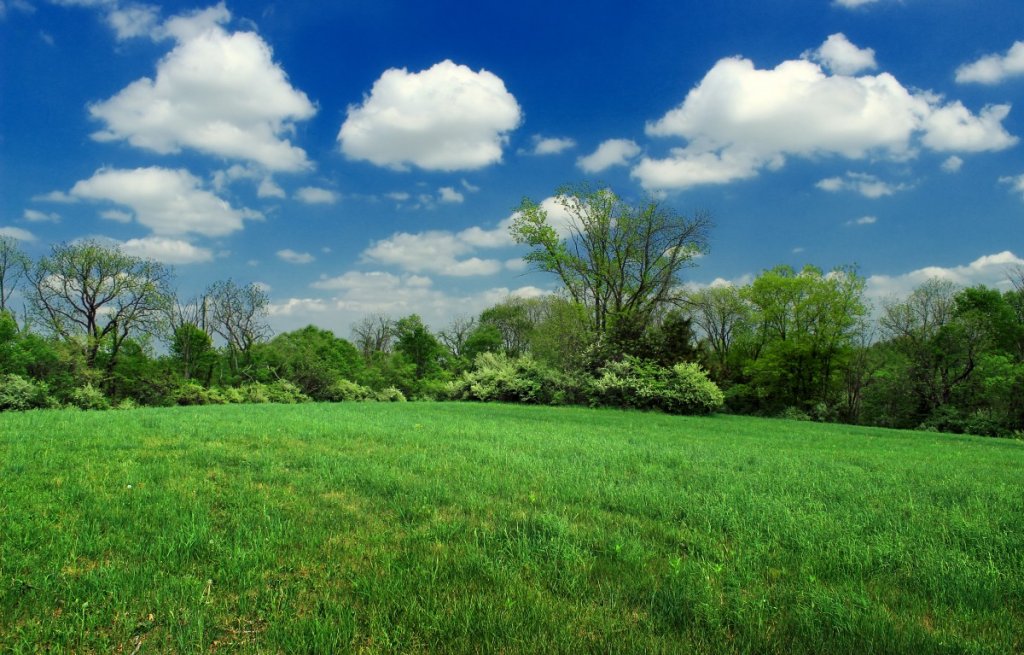
Grasslands are diverse ecosystems in different places, like Africa’s wide savannas and North America’s big prairies.
They’re known for their grassy plants, which can handle occasional fires and being eaten by animals.
A very important thing about grasslands is how they help with climate change. The grasses have deep roots that store carbon underground, which helps reduce the impact of climate change.
Also, grasslands work like natural filters. They clean water as it goes through the ground, ensuring we have clean, fresh water.
The Towering Giants – Trees
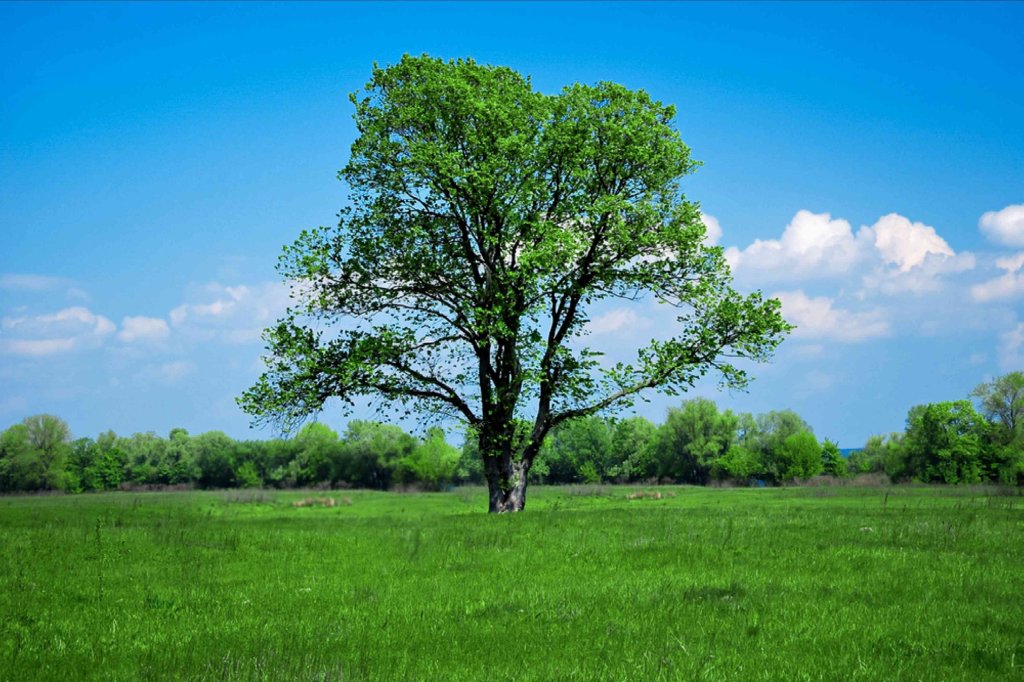
Forests are important because they help many animals and plants have a place to live. There are big trees and tiny bugs that all work together in the forest.
People who have lived in forests for a long time also think they are special because they connect them to their history and culture.
Forests are so amazing that they inspire art, books, and science, reminding us how much we are a part of nature.
Blooms of Color- Flowering Plants
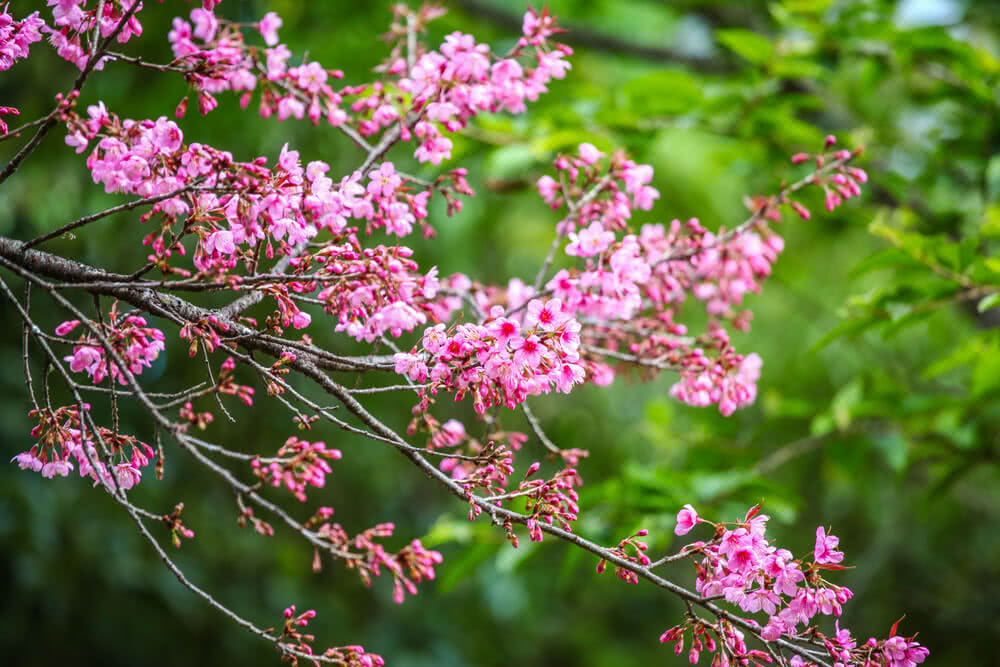
Flowering plants, known as angiosperms, bring color and beauty to Earth’s landscapes. They make up a big part of the world’s plants.
Our planet has many flowering plants, from small wildflowers to large orchids. These plants are not just pretty; they also give nectar and pollen to bees and butterflies, helping them out.
A guide to flowering tree species with names and pictures can help you identify diverse flowering plants.
The Intersection of Grass, Trees, and Flowers
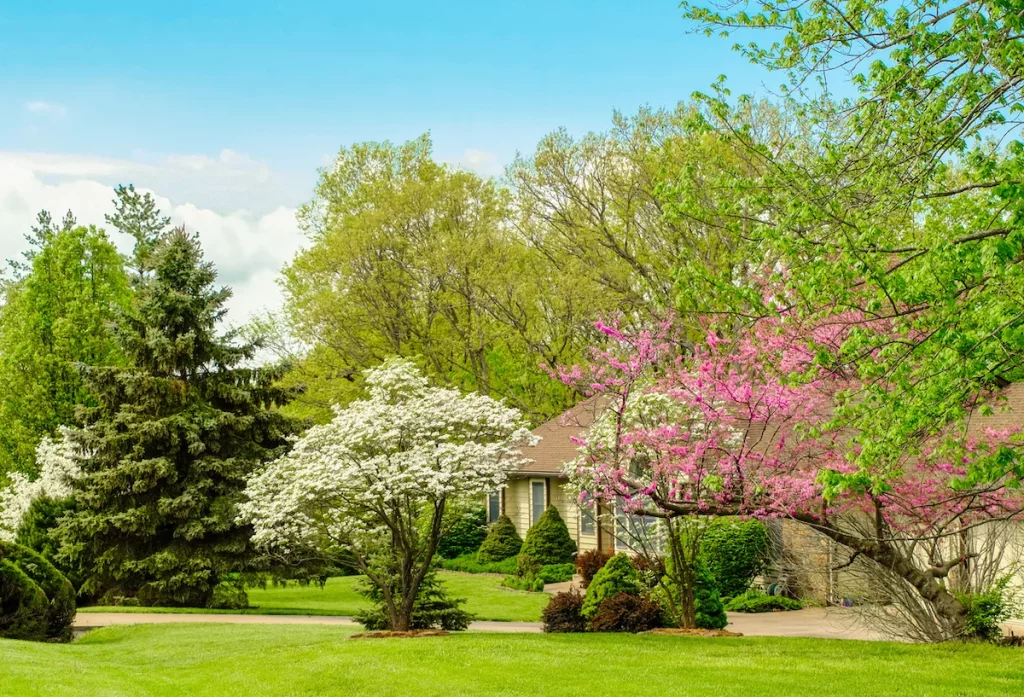
How different plants and trees depend on each other is important for keeping things healthy. For example, forests give animals homes.
Grassy fields are good for animals to eat and stop the ground from getting messed up. Wetlands help clean water and give fish a nice place to live.
And mangroves keep the shoreline safe and make baby fish. These different nature spots aren’t just good for plants and animals.
They’re also important for us humans. They help control the weather by absorbing bad air and giving us good air.
Also, they’re a big help for farming and making food.
Human Impact and Preservation Efforts
Human actions, especially cutting down trees, have caused big problems for the plants on Earth.
This has led to the loss of many different kinds of plants and animals, messing up the balance of nature.
Forests are similar to big sponges that soak up carbon and are being destroyed quickly. This makes climate change even worse and causes more bad weather and disasters.
Groups that want to protect nature, governments, and communities worldwide are working together to stop deforestation and save animals’ homes.
They’re planting new forests in many places to make up for the ones we’ve lost. This helps fight climate change, gives people jobs, and keeps animals safe.
The Future of Greenery
Plants play a super important role in keeping our environment healthy. Forests, grasslands, and wetlands are homes for lots of different animals.
They also help a ton with fighting climate change. For example, trees soak up CO2 from the air and help control the Earth’s temperature.
Fancy tools like satellites and drones have changed how we watch over plants worldwide. Scientists can use these tools to see if forests are shrinking.
Check on how crops are doing. Find places where the land is turning into desert or getting chopped down.
This info is very useful for making smart choices about saving nature and using the land.
Conclusion
So, figuring out how much of the world has grass, trees, and flowers is tough. It depends on the weather, where things are, and what people do.
We can’t give an exact number, but we know these things cover a big part of the Earth. Grasslands are huge and help animals, plants, and farming.
Forests comprise about 31% of the Earth and are homes for many creatures. Flowers make places look pretty and add more types of plants and animals.
The mix of grass, trees, and flowers on Earth shows how beautiful our planet is. We must save them for the future. Knowing how much land they take up helps us care for the environment and grow well.

